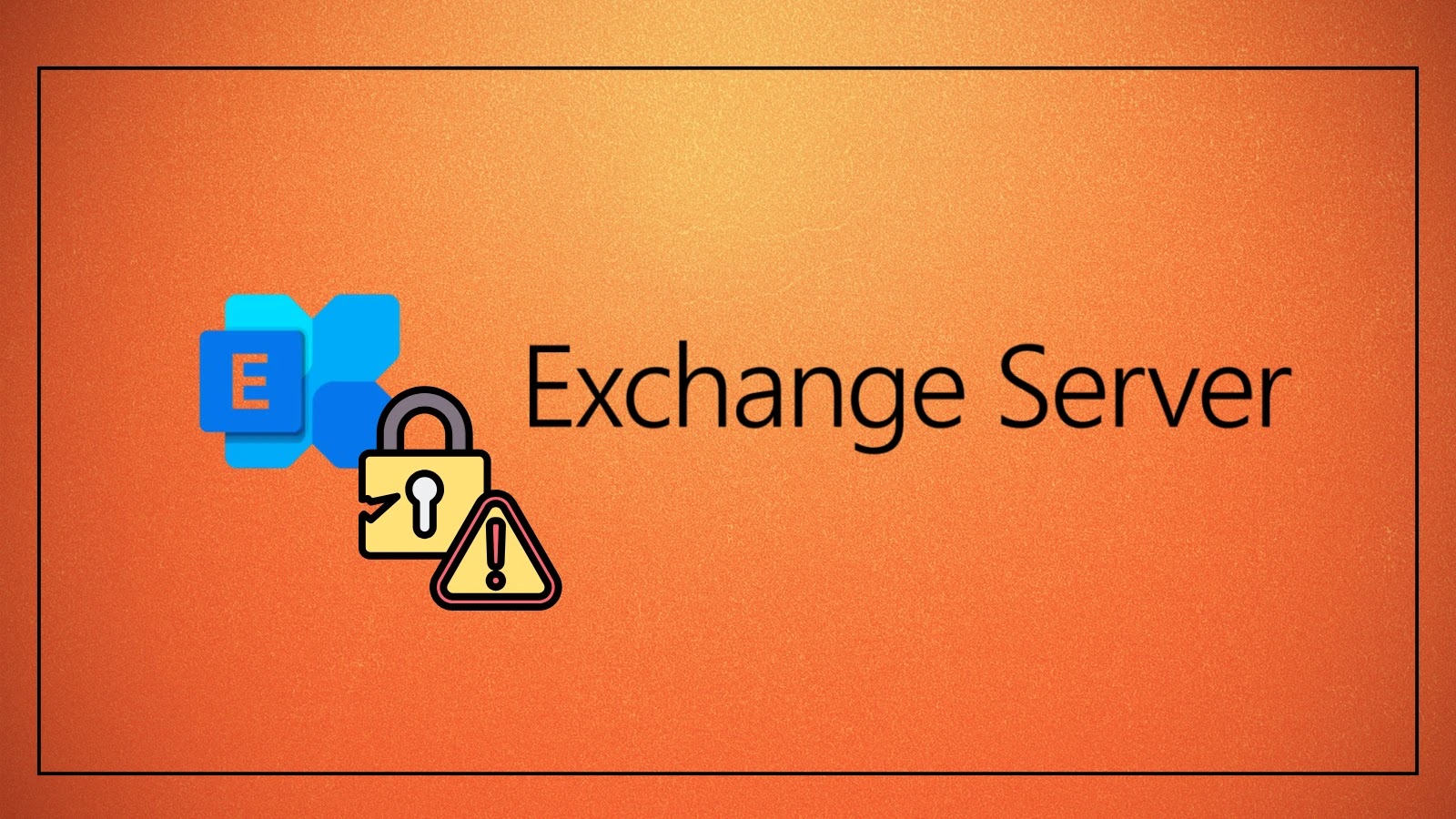
Microsoft Exchange Server Vulnerabilities Let Attackers Spoof and Tamper Over Network
In the intricate landscape of enterprise technology, Microsoft Exchange Server stands as a cornerstone for communication and collaboration. Its criticality, however, makes it a prime target for malicious actors. Recent discoveries have unveiled a series of critical security vulnerabilities that expose Exchange Server deployments to significant risks, enabling attackers to perform sophisticated spoofing and tampering attacks over network connections. Understanding these threats and acting swiftly is paramount for maintaining data integrity, confidentiality, and operational continuity.
Understanding the Core Vulnerabilities
The latest vulnerabilities identified in Microsoft Exchange Server present a multi-faceted threat. Primarily, two key Exchange Server flaws, coupled with an associated Windows component vulnerability, create a potent attack vector for compromise.
- CVE-2025-25007 and CVE-2025-25005: These two specific vulnerabilities within Microsoft Exchange Server itself enable attackers to execute spoofing and tampering attacks. Spoofing allows an attacker to masquerade as a legitimate user or system, deceiving other systems or users into believing they are communicating with a trusted entity. Tampering, on the other hand, involves altering data or messages without authorization, leading to data corruption or manipulation of system behavior. When combined, these vulnerabilities can lead to significant disruptions and data breaches. For more details, refer to CVE-2025-25007 and CVE-2025-25005.
- CVE-2025-49743: Complementing the Exchange Server flaws is an elevation of privilege vulnerability in the Windows Graphics Component. While not directly an Exchange Server flaw, this vulnerability (see CVE-2025-49743) can be leveraged by attackers who have already gained a foothold, potentially through the Exchange vulnerabilities, to escalate their privileges within a compromised system. This escalation grants them higher-level access, allowing for broader control and more devastating impact.
The Mechanism of Attack: Spoofing and Tampering
The ability to spoof and tamper over network connections poses a severe risk. Attackers exploiting CVE-2025-25007 and CVE-2025-25005 can:
- Intercept and Modify Communications: By spoofing, an attacker can position themselves as a man-in-the-middle, intercepting communications intended for legitimate Exchange services. Once intercepted, the tampering capability allows them to alter the content of these communications, injecting malicious data, commands, or redirecting traffic.
- Bypass Authentication: In some scenarios, successful spoofing can trick systems or applications into believing the attacker is an authenticated user, potentially bypassing security controls and gaining unauthorized access to sensitive information or functionalities within Exchange.
- Disrupt Service Availability: Tampering with critical Exchange data or configurations can lead to denial of service, preventing users from accessing their mailboxes or other collaborative features.
The presence of CVE-2025-49743 amplifies these risks. If an attacker successfully leverages the initial spoofing/tampering vulnerabilities to gain low-level access to an Exchange server or a connected system, they can then use this graphics component vulnerability to elevate their privileges to administrator level. This grants them unfettered control over the server, allowing for installation of malware, exfiltration of sensitive data, or complete system compromise.
Remediation Actions: Securing Your Exchange Environment
Proactive and immediate action is critical to mitigate the risks posed by these Microsoft Exchange Server vulnerabilities. Organizations must prioritize patching and implementing robust security measures.
- Apply Patches Immediately: Monitor official Microsoft security advisories and promptly apply all available security updates for your Exchange Server versions and Windows operating systems. These patches specifically address the identified vulnerabilities.
- Network Segmentation: Implement strong network segmentation to isolate Exchange servers from other critical systems. This limits an attacker’s lateral movement even if they manage to compromise an Exchange instance.
- Least Privilege Principle: Ensure that all user accounts, especially service accounts, operate with the absolute minimum privileges required for their functions. This reduces the impact of an account compromise.
- Monitor Network Traffic: Implement robust network monitoring solutions to detect unusual traffic patterns, unauthorized access attempts, or signs of spoofing and tampering. Pay close attention to traffic patterns to and from your Exchange servers.
- Regular Backups: Maintain regular, tested backups of your Exchange databases and configurations. This ensures business continuity in the event of a successful attack.
- Implement Multi-Factor Authentication (MFA): Mandate MFA for all access to Exchange services, especially for administrative accounts. This adds a crucial layer of security against compromised credentials.
- Endpoint Detection and Response (EDR): Deploy EDR solutions on Exchange servers and other critical endpoints to detect and respond to malicious activities in real-time.
Tools for Detection and Mitigation
Leveraging the right tools can significantly enhance your ability to detect and mitigate these types of vulnerabilities.
| Tool Name | Purpose | Link |
|---|---|---|
| Microsoft Defender for Endpoint | Endpoint Detection and Response (EDR) for real-time threat detection and response on Exchange servers. | https://www.microsoft.com/en-us/security/business/threat-protection/microsoft-defender-for-endpoint |
| Nessus (Tenable) | Vulnerability scanning for identifying unpatched systems and configuration weaknesses on Exchange servers and other network devices. | https://www.tenable.com/products/nessus |
| Exchange Server Health Checker Script | Checks the health and configuration of Exchange servers, often flagging missing updates. | https://aka.ms/ExchangeHealthChecker |
| Wireshark | Network protocol analyzer for deep inspection of network traffic to identify suspicious spoofing or tampering attempts. | https://www.wireshark.org/ |
| Security Information and Event Management (SIEM) solutions | Aggregates and analyzes security logs from Exchange servers and other systems for threat detection and correlation. | (Provider Dependent – e.g., Splunk, Microsoft Sentinel) |
Conclusion
The identification of critical vulnerabilities, including CVE-2025-25007, CVE-2025-25005, and CVE-2025-49743, in Microsoft Exchange Server and its associated Windows components underscores the persistent need for vigilance in cybersecurity. These flaws enable sophisticated spoofing and tampering attacks, which can lead to unauthorized access, data manipulation, and privilege escalation. Organizations must treat these discoveries with the utmost urgency, prioritizing the application of security patches, implementing robust security controls, and continuously monitoring their Exchange environments. Staying informed and proactive is the only effective defense against the evolving threat landscape targeting critical infrastructure.





